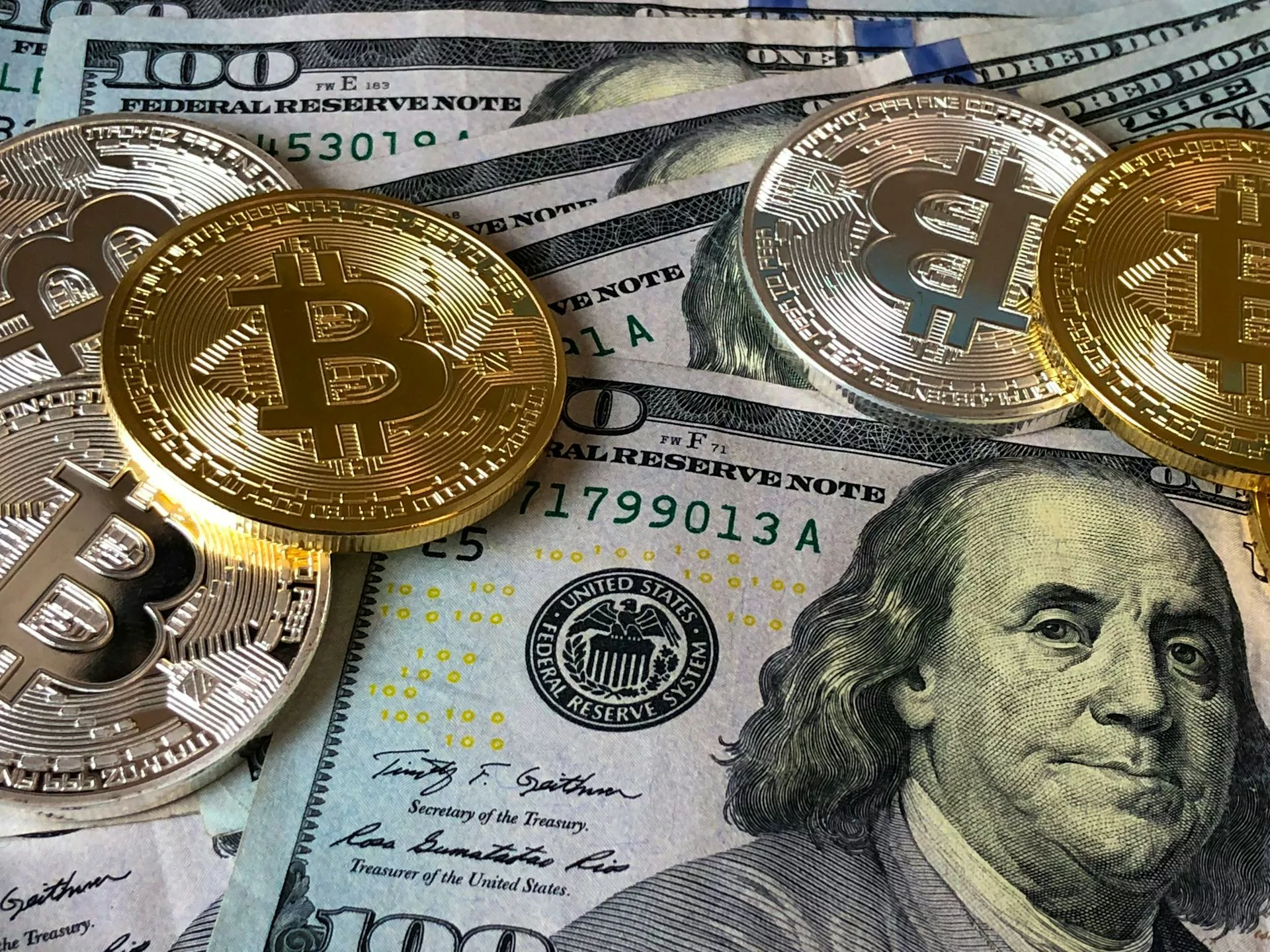
While Bitcoin might feel like an abstract concept, the losses it can bring can be very real. Cybercriminals are always on the lookout to attack Bitcoin users and gain access to their private keys and funds. This necessitates taking proactive security measures.
The decentralized nature of cryptocurrency, while offering significant freedom, places a greater burden of security directly on the individual; that’s why we must carefully consider and implement strong security measures to protect ourselves against constantly evolving digital threats. Let’s explore the various strategies to protect your Bitcoin from scams and exchange-related threats.
It’s essential to understand how these scams and hacks can appear before discussing the protection strategies. The common threats that Bitcoin holders face are:
Some scammers promise high returns on Bitcoin investments, only to disappear with the funds. They may trick you into falling for fake investment opportunities like pump-and-dump schemes (artificially inflating an asset’s price and then selling), fake initial coin offerings (ICOs), phantom investments (where the investment doesn’t actually exist), or any scheme where the person running it has no intention of actually investing the money.
It may also include Ponzi schemes where the fraudulent operator generates returns for older investors through revenue paid by new investors rather than from legitimate business activities or profit of financial trading.
You can also fall victim to fraudulent wallet applications and malware-infested software that steal Bitcoin. Scammers often distribute these applications through fake websites, unofficial app stores, phishing emails, and social media scams. These applications steal your private keys (the keys that grant access to your Bitcoin), seed phrases (backup phrases that can restore your wallet), and login credentials for exchanges and wallets.
Phishers fake their identities and pose as legitimate services to delude users into revealing their private keys or login credentials. The attackers may attempt these phishing tactics by sending fraudulent emails or creating almost identical websites that impersonate trusted exchanges like Kraken or Binance.
Listed below are steps you can follow to remain safe from falling into the traps of sly attackers.
Always use a reputable platform with strong security measures when trading or storing Bitcoin on an exchange. Look for exchanges with:
While almost all cryptocurrency exchanges provide their users with 2FA, in practice, it means just providing a verification code upon logging into the exchange. Using an authenticator app like Google Authenticator for 2FA is better than SMS, as SIM-swapping attacks can compromise any phone-based authentication.
A hardware wallet, such as Ledger or Trezor, is said to be the safest way to store Bitcoin. The wallets store the private keys offline, making them immune to online hacks and phishing attacks. It is advisable not to keep large amounts of Bitcoin on an exchange unless you’re actively trading.
Multi-signature wallets enhance Bitcoin security by requiring multiple private keys to authorize transactions. This “2-of-3” or similar setup means that even if one key is compromised, funds remain secure. Ideal for businesses and shared assets, it prevents unauthorized spending and builds trust through collective transaction approval. It adds a crucial layer of defense against single-point failures and malicious attacks.
Hackers can intercept data on unsecured Wi-Fi networks, gaining access to sensitive login credentials. Avoid accessing your Bitcoin wallet or exchange account over public Wi-Fi unless you use a secure Virtual Private Network (VPN).
Protecting your Bitcoin from scams and exchange hacks requires vigilance and innovative security practices. You can significantly reduce the risk of losing your investment by using secure exchanges, enabling 2FA, storing Bitcoin in hardware wallets, and adopting ways to double up your security.



Get the latest Crypto & Blockchain News in your inbox.